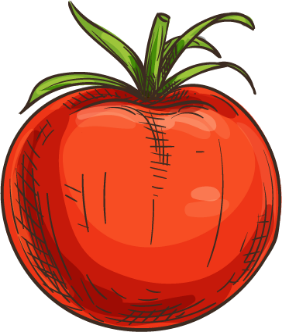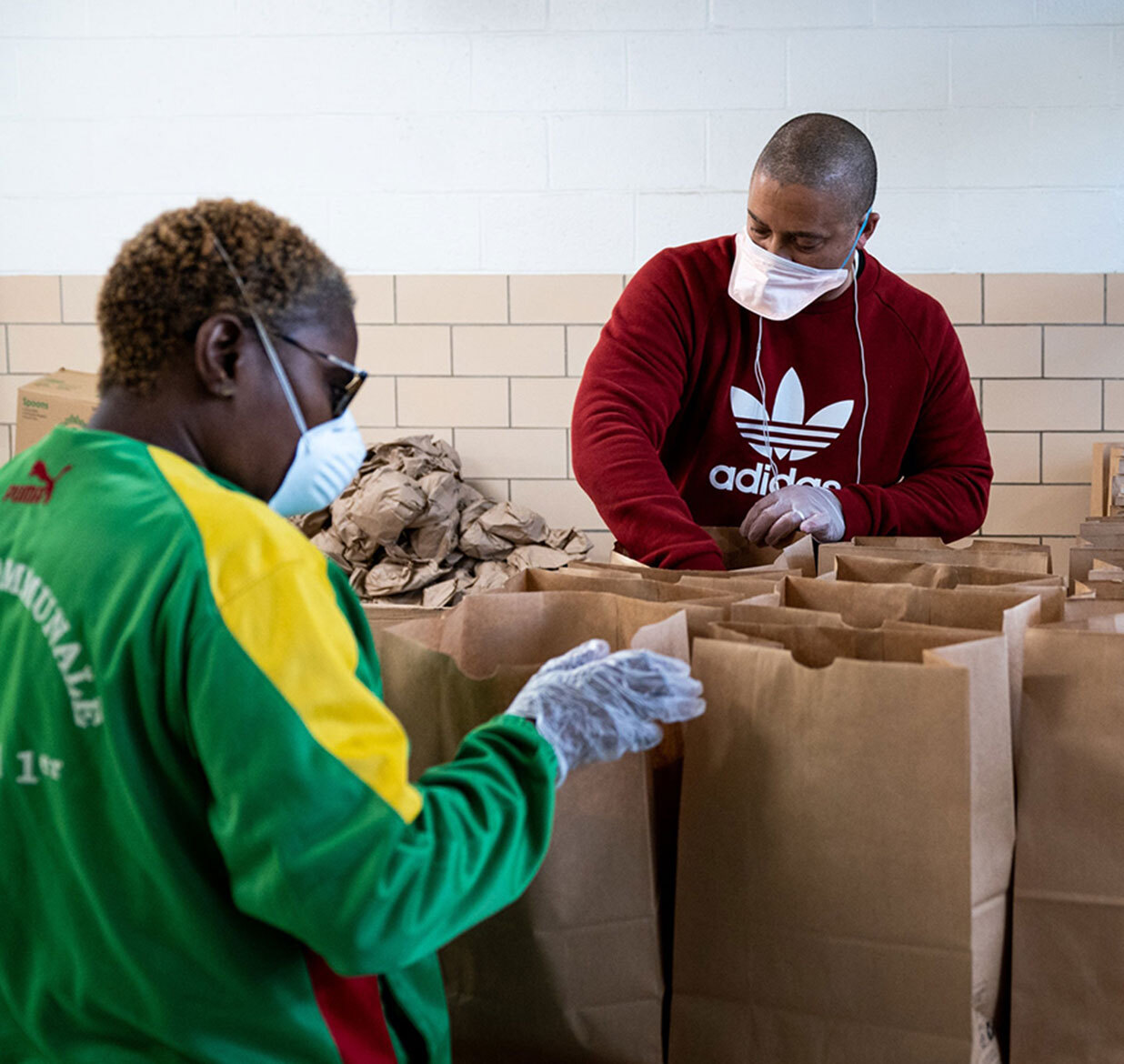
Food Access
Anyone who works in the food industry knows we have a nationwide food access problem that must be addressed.
Emergency situations highlight existing social inequities, including food access, and bring these conversations to the forefront of public attention. In emergency situations—such as natural disasters or the coronavirus pandemic—economic and social changes can dramatically affect people’s access to fresh, healthy, and adequate food. For example, before the coronavirus pandemic hit, about 10% of all U.S. households experienced food insecurity. Scholars estimate that the number of food insecure households rose to 23% during the pandemic, a number which is almost 30% for households with children.
It is clear that families and communities need more support than ever when faced with emergency situations like natural disasters or COVID-19.

Food Access
Anyone who works in the food industry knows we have a nationwide food access problem that must be addressed.
Emergency situations highlight existing social inequities, including food access, and bring these conversations to the forefront of public attention. In emergency situations—such as natural disasters or the coronavirus pandemic—economic and social changes can dramatically affect people’s access to fresh, healthy, and adequate food. For example, before the coronavirus pandemic hit, about 10% of all U.S. households experienced food insecurity. Scholars estimate that the number of food insecure households rose to 23% during the pandemic, a number which is almost 30% for households with children.
It is clear that families and communities need more support than ever when faced with emergency situations like natural disasters or COVID-19.
While government waivers can give districts what they need to continue running their programs in emergency situations, it is important for districts to learn about food access and how to support families in applying for free and reduced-price meals, information which will support school meal programs in the long run.
In this section we cover the impact of free and reduced applications for districts and families and how school meal programs can work with community partners. We also have created and gathered resources to encourage families to complete free and reduced applications.
Introduction to Waivers
The National School Lunch Program is a federally assisted meal program operating in public and nonprofit schools, as well as residential child care institutions across the United States. As needed, the U.S. Department of Agriculture’s Food and Nutrition Services recognizes that waiving certain requirements of this program have the potential to drastically improve the effectiveness of school meal programs.
These waivers create flexibilities that help school food programs be able to operate in challenging situations more easily and can be for a variety of items from nutrition pattern exceptions to free meals for all students.
After the USDA passes national guidance, it is up to the states to decide how their individual school districts will operate under this waiver or guidance. States have the ability to not accept the waivers released by the USDA so we recommend districts always check with their state agency to determine what waivers have been accepted in their state.
The USDA has published and continues to update a comprehensive list of all the COVID-19 waivers currently in effect nationwide.
On this official page you will be able to see all of the waivers listed by name (not FNS document number) accompanied by a sentence summary and (if applicable) links to any extensions. If you click on a waiver, you can read a longer summary, download the official document from the USDA, or view a list of all the waivers issued for child nutrition programs in your state.
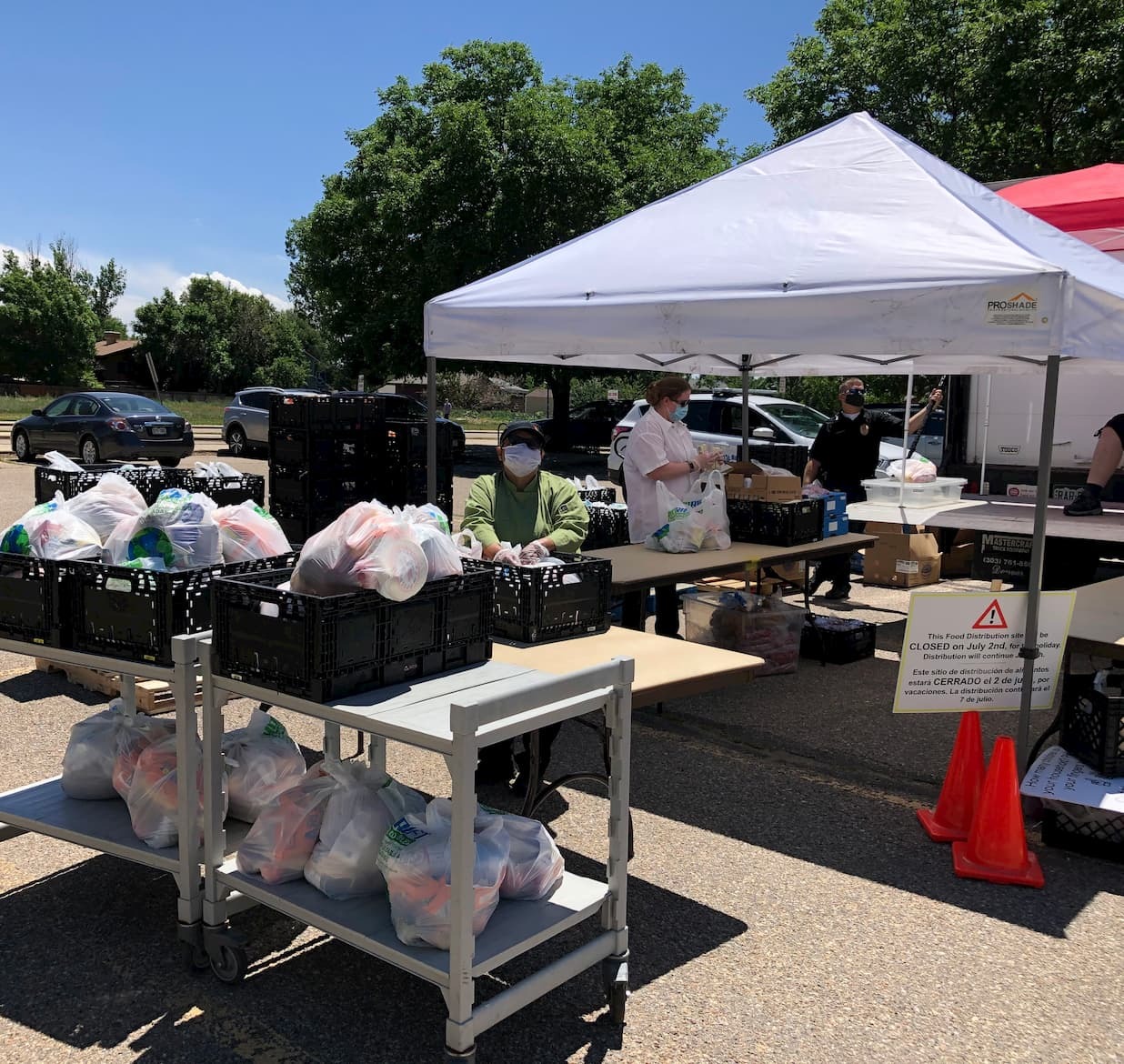

The USDA has published and continues to update a comprehensive list of all the COVID-19 waivers currently in effect nationwide.
On this official page you will be able to see all of the waivers listed by name (not FNS document number) accompanied by a sentence summary and (if applicable) links to any extensions. If you click on a waiver, you can read a longer summary, download the official document from the USDA, or view a list of all the waivers issued for child nutrition programs in your state.
The California Department of Education recently released new guidance on Meal Applications. Districts may still accept completed meal applications until December 31, 2020, but they can no longer distribute the application. Instead, districts in CA should direct families to complete an Alternative Income form or the district may also complete the form for families.
Free & Reduced Applications
The National School Lunch Program operates as an entitlement program with reimbursement rates from the federal government that fund school district meal programs. An important part of this is the free and reduced applications that families are asked to fill out each fall. Families fill out information regarding school-aged children, household income and other details. All information provided is confidential and based on this information, low income families may qualify for reduced priced or free meals at school. Eligibility is based on requirements set yearly by the USDA. School food programs go through a verification process each year to check that the information gathered from families is accurate. This is a random selection process where families are asked to prove that the information they provided on their free/reduced application is correct.
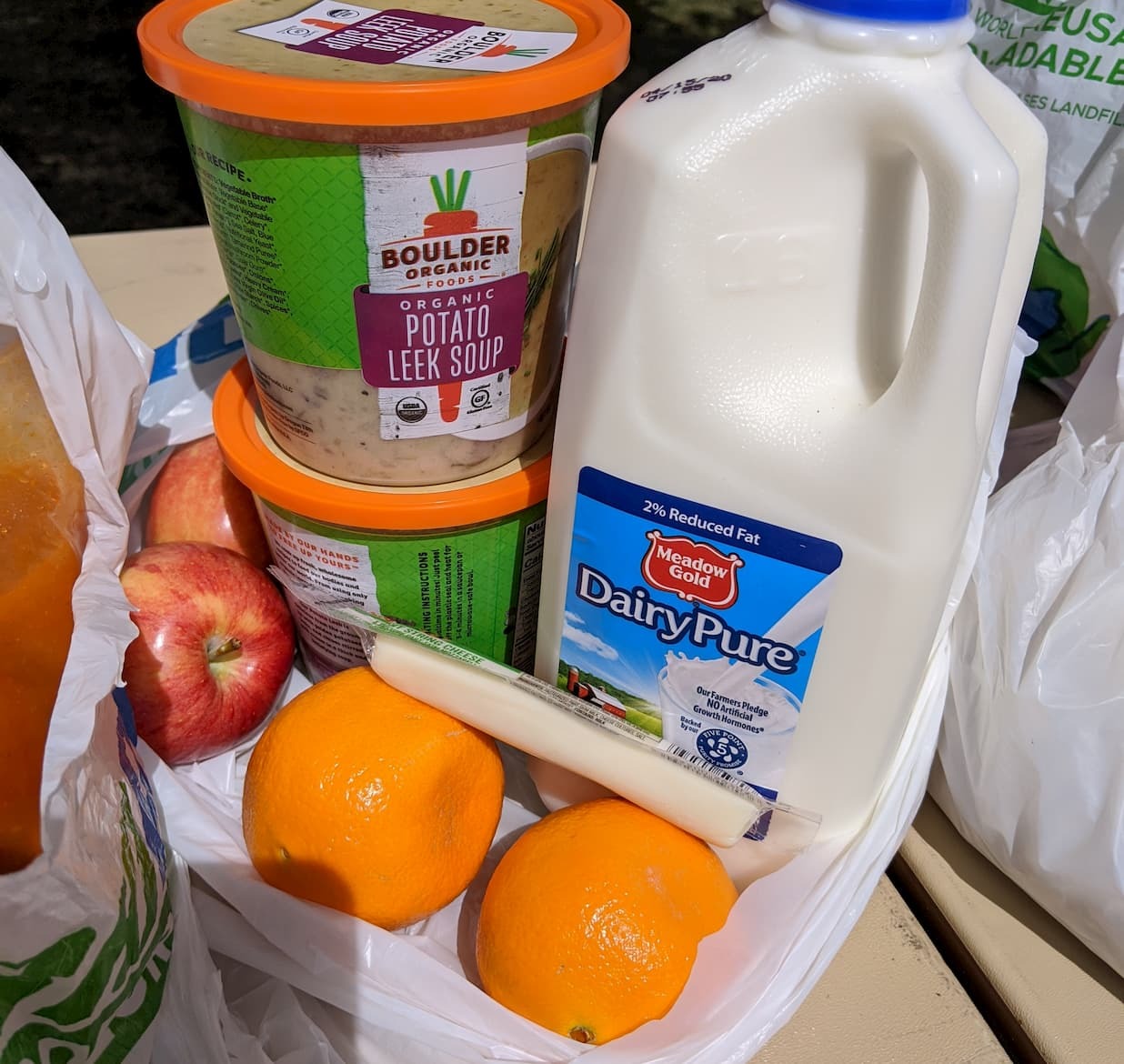
This information not only provides a crucial source of food for families, but it also sets the reimbursement rates that school food departments will receive. In most cases, filling out a free and reduced application can also have benefits for families that extend beyond a free meal. Each district operates differently, but common benefits may include discounts on college testing, instrument rentals, sports and activity fees, internet access, child care fees, etc.

This information not only provides a crucial source of food for families, but it also sets the reimbursement rates that school food departments will receive. In most cases, filling out a free and reduced application can also have benefits for families that extend beyond a free meal. Each district operates differently, but common benefits may include discounts on college testing, instrument rentals, sports and activity fees, internet access, child care fees, etc.
In some states, this information can even be tied to overall district funding. The higher the percentage of free and reduced funding, the greater the amount of state funding the district receives. This can be a win for all students as a district can receive additional funds for building repairs, technology needs, enrichment programs and more.
The free and reduced lunch application is a yearly process that is more important than most realize. Benefits of this program not only provide meals, but can help districts receive the funding they need to support their entire student population. Encouraging families to fill out a free and reduced lunch application and making the process as easy as possible can help support your district overall!
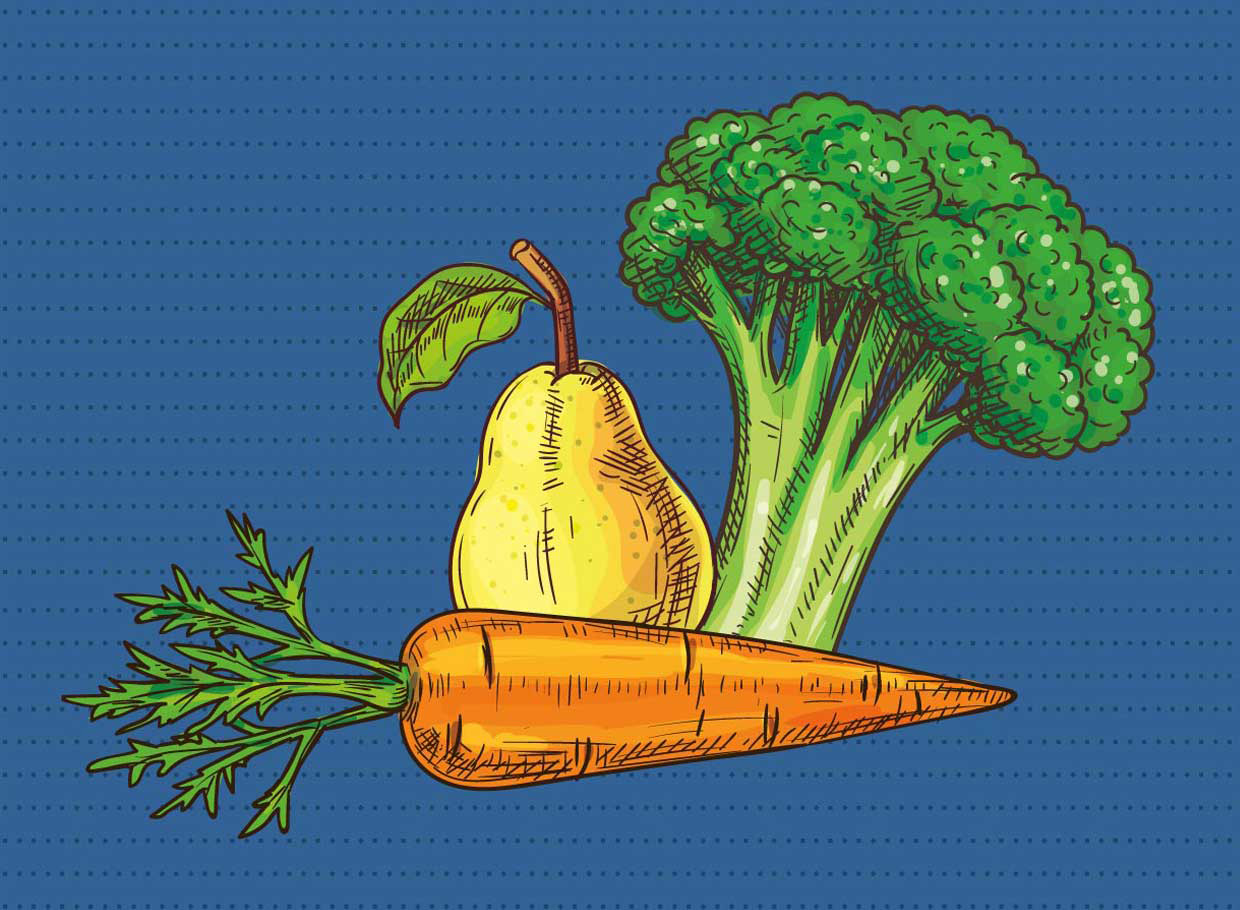
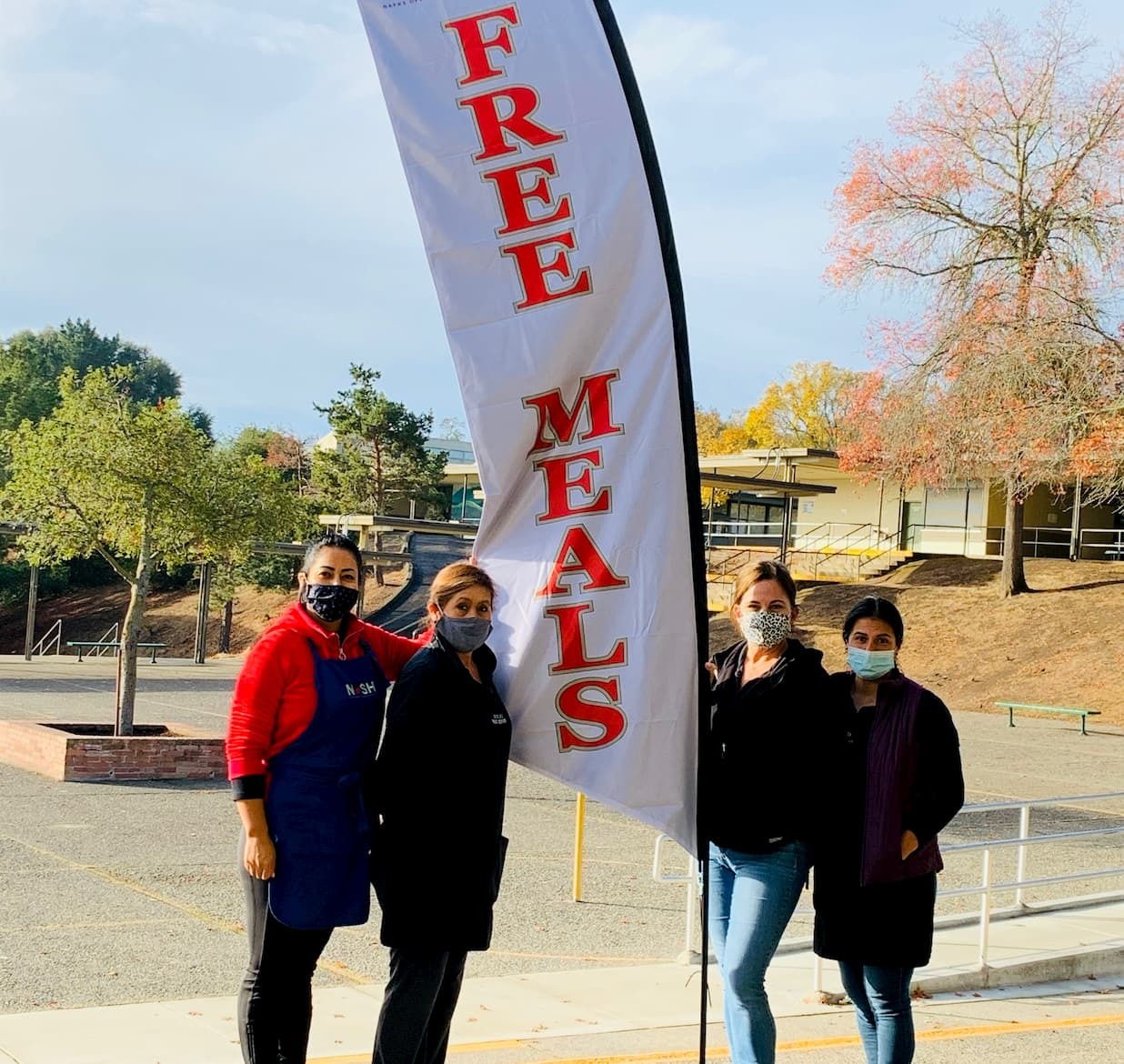
Community Partnerships
Food access is an important issue in our country at all times; however, during an emergency, the problem often becomes amplified. It is important to try to take care of your students and community, even during times when school may be closed.
Building partnerships with local organizations that work with food or health related topics can be very beneficial for your meal program. Start by identifying the key partners in your community. Some examples of these organizations may include: churches, community centers, health clinics, food banks, local Salvation Army or Red Cross chapters, farmers markets, local food policy groups and community gardens.
Network and collaborate on ideas and identify the needs of your community. Then work together to support one another, and work towards the greater goal of providing food and meals to families in need. And don’t forget to be creative! Think about ways you can use community partners to spread the word about food distribution sites or connecting with local farmers or restaurants that may be looking to support the community while getting rid of extra food.
Partnerships like these are important at all times, but having these connections and contacts available when a natural disaster or emergency strikes, can create invaluable support during a trying time. Partnerships will help increase the impact in your community, lower costs, increase strengths and efficiencies as a team, and ultimately help you be successful in the common goal of increased food access in your community.
Marketing & Outreach
Promoting free- and reduced-price school meals can improve a program’s participation and can support the entire district with funding and additional benefits. Although meals are free for all students in the 2020-2021 school year, it’s likely that your district still wants families to fill out an application to support with district funding and provide other additional benefits to families. Therefore, we’ve compiled a selection of resources that districts can customize for their school meal program to make the marketing and application process that much easier!
Customizable Resources
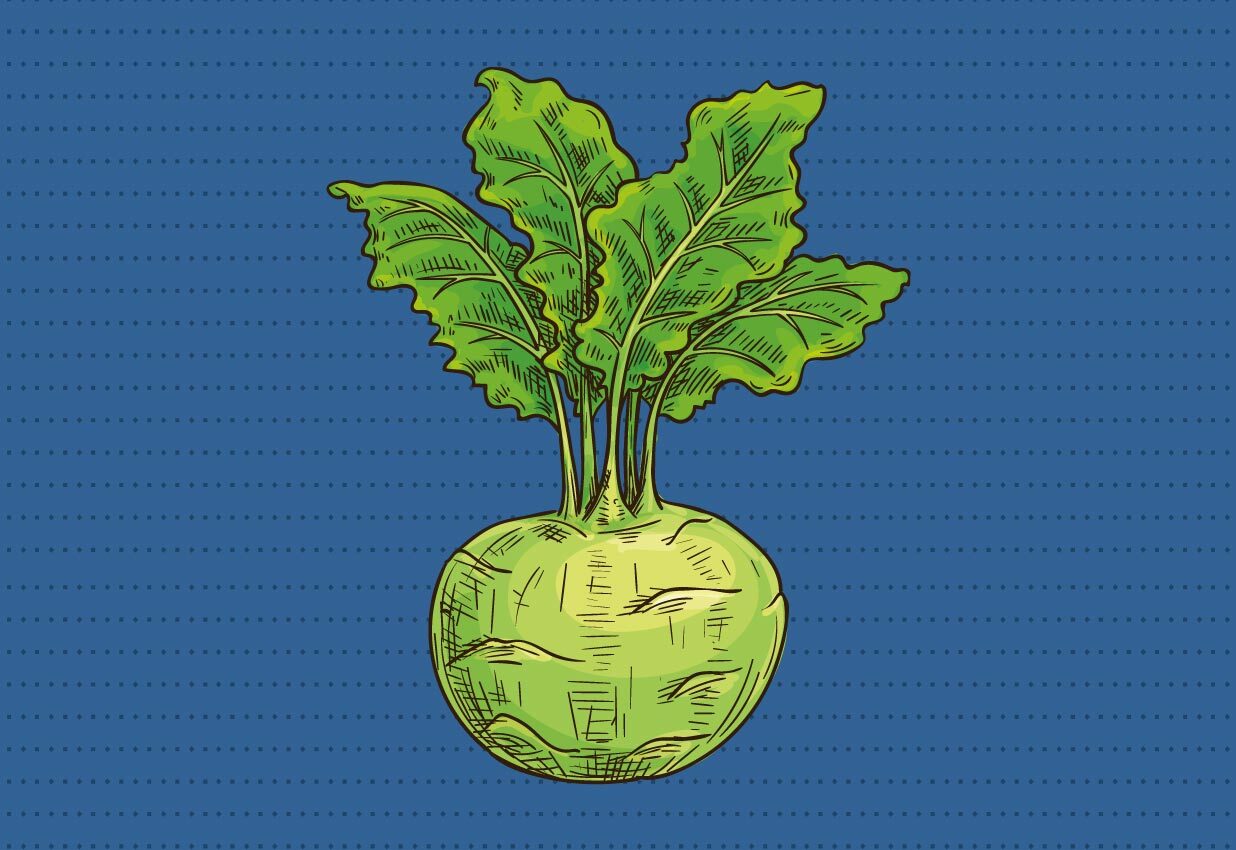
Outreach
- Parent Outreach Letters (USDA)
- Newsletter template (Colorado Department of Education)
- News Release (Colorado Department of Education)
- Robocall script / Text copy (Colorado Department of Education)

Applications, Information, and Follow up
- F/R Applications in English and translations (USDA)
- Frequently Asked Questions (USDA)
- Application guide for Elementary and middle school and high school (Colorado Department of Education)
- Note: Districts can use the first page of this document as a flyer for promoting F/R applications
- Notification letter in English and translations (California Department of Education)
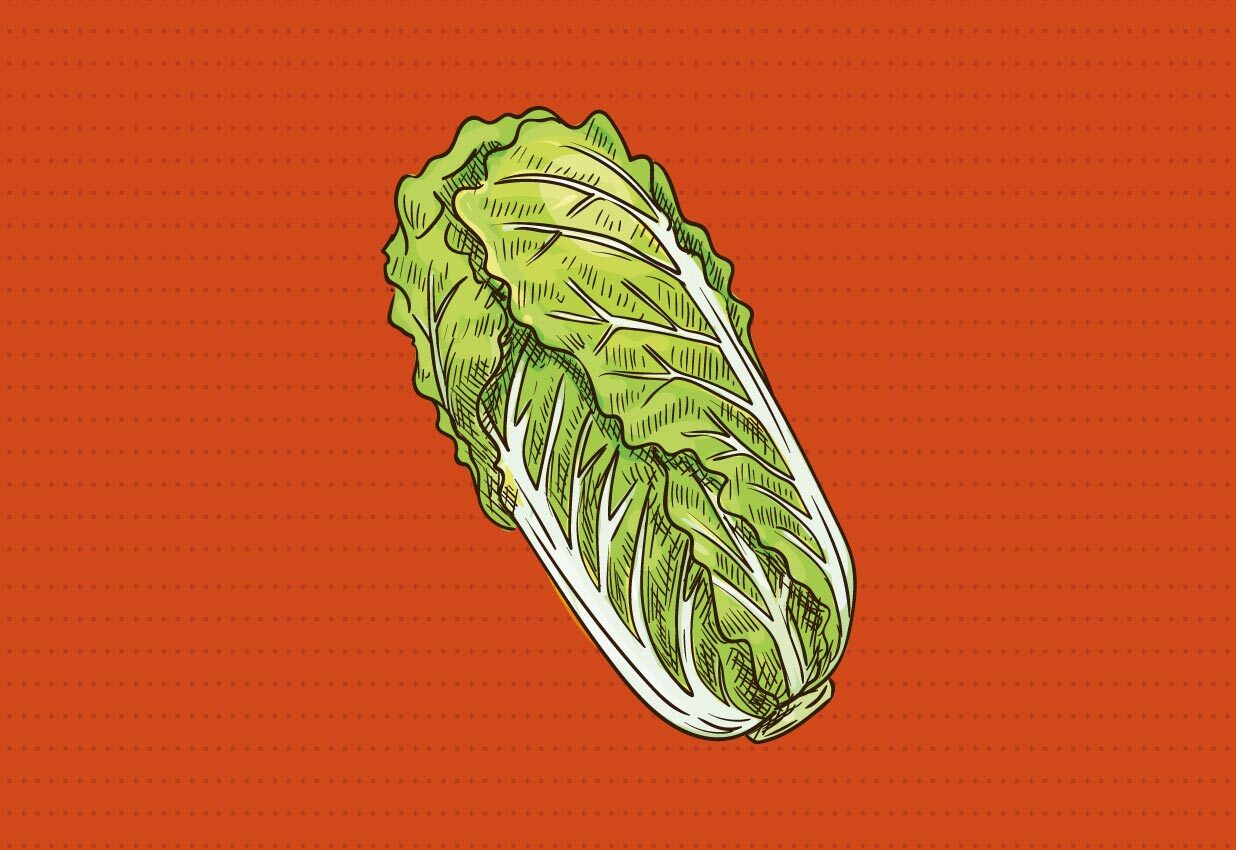
Graphics
- Website and Newsletter banners in English and Spanish link (Colorado Department of Education)
- Social media graphics in English and Spanish link (Colorado Department of Education)
Note: To use these images, right click on the image you would like to use and save or download it to your computer.
Beyond the Cafeteria
Eligibility for free and reduced price school meals goes beyond the cafeteria. Here are some links to additional benefits for eligible students:
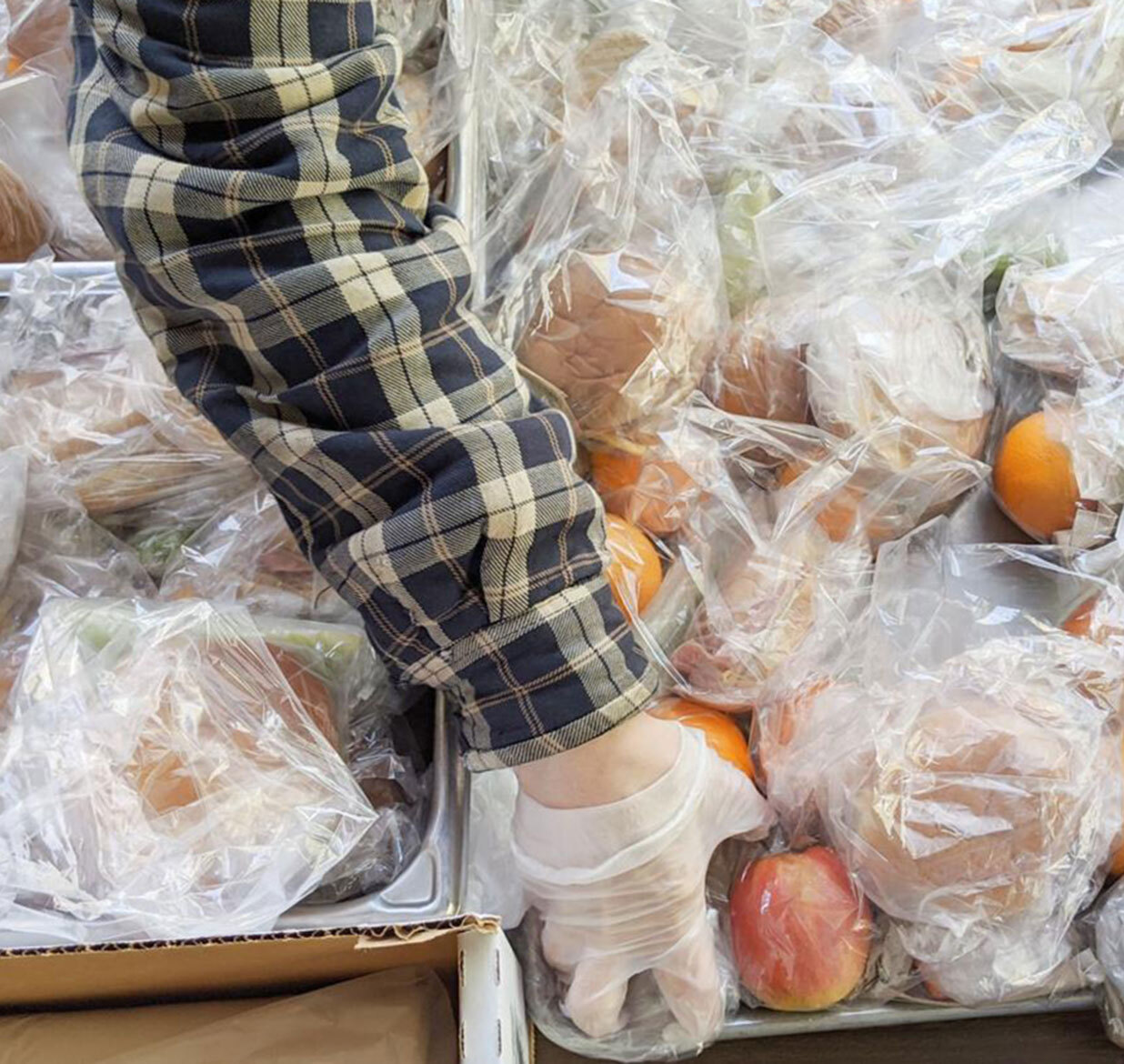

Beyond the Cafeteria
Eligibility for free and reduced price school meals goes beyond the cafeteria. Here are some links to additional benefits for eligible students:
Additional Resources
Waivers
- Food Research and Action Center COVID-19 Updates
- LunchAssist: Updates on USDA Waivers, Emergency Meal Service Toolkit, Safety Precautions Toolkit and more.
- National Farm to School Network COVID-19 Information and Resources
- School Nutrition Association Resources
- Updated COVID-19 Guidance for K-12 Schools from the California Department of Education
Marketing & Communications
Marketing your school food program is more important then ever with a rapidly changing school food environment!
Marketing & Communications
Marketing your school food program is more important then ever with a rapidly changing school food environment!

